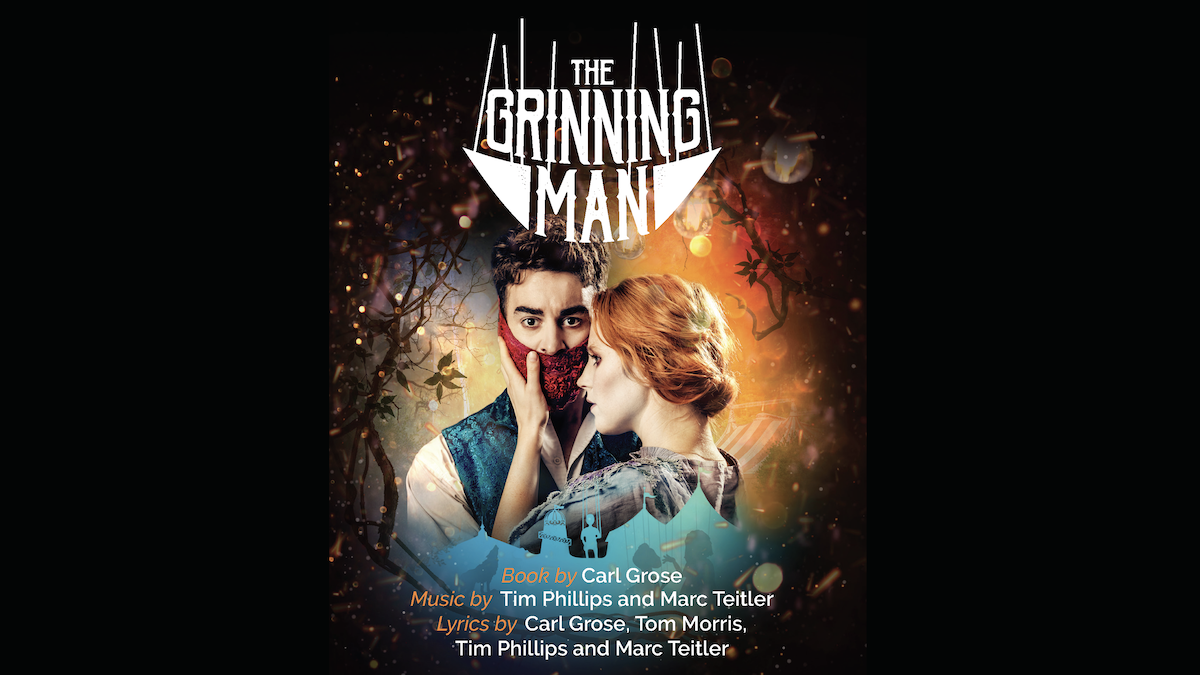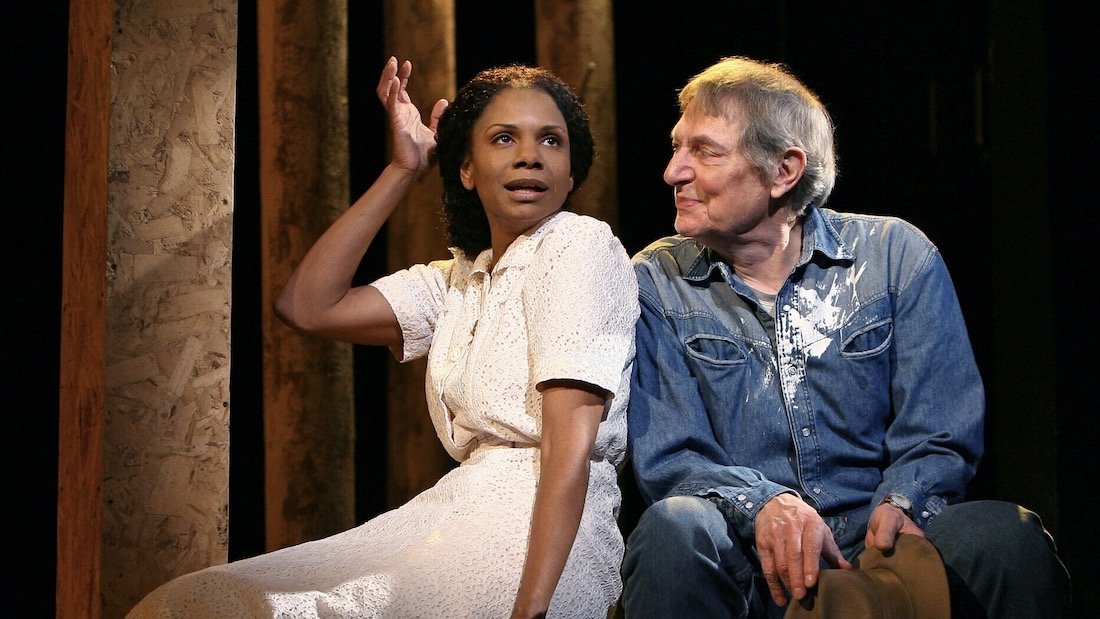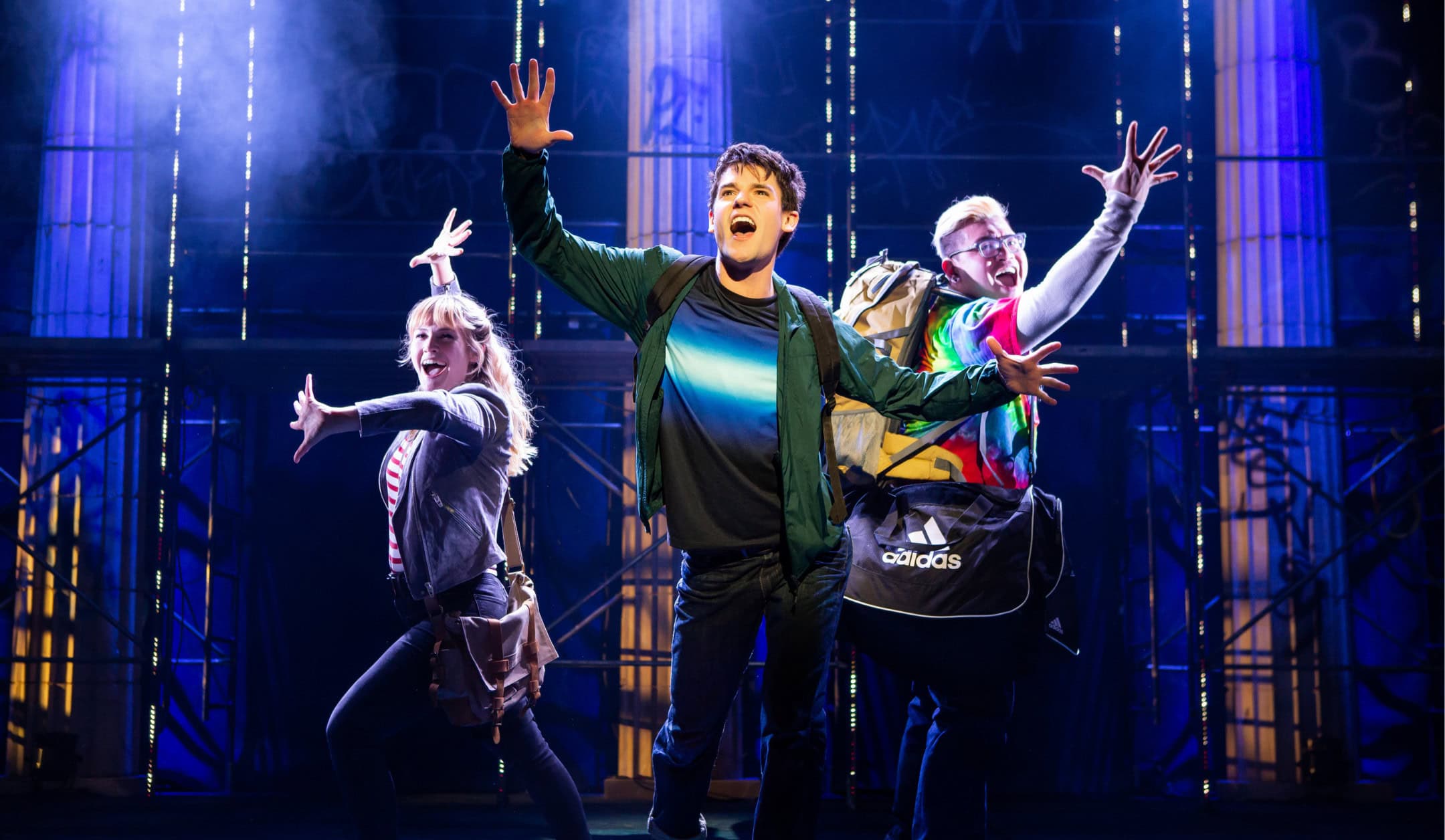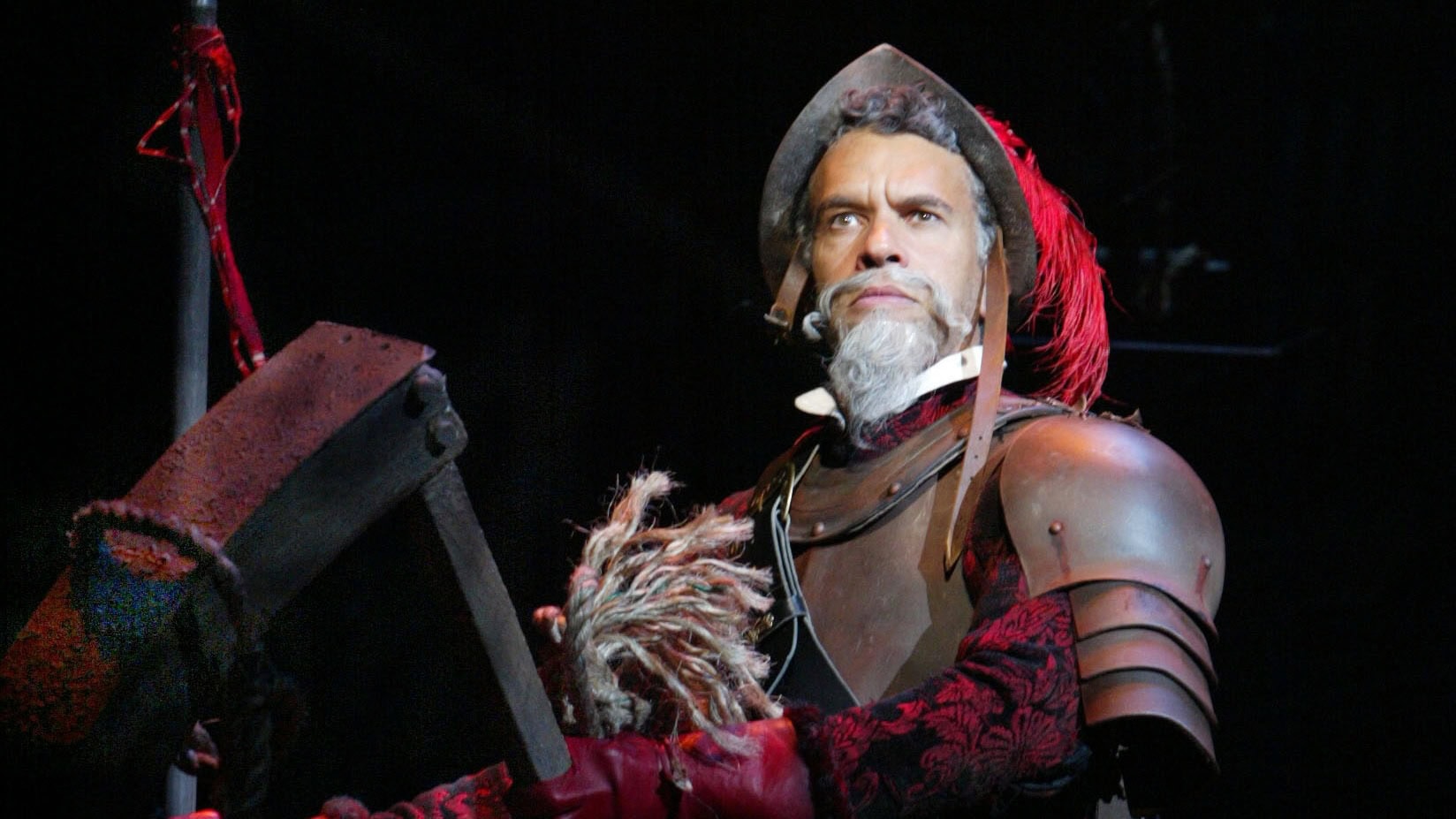
The hit musical The Grinning Man (US/UK) is a fairy tale love story streaked with pitch-black humour, lashings of Gothic horror and swashbuckling adventure. The show opened at Bristol Old Vic in 2016 to great acclaim and in 2017 transferred to the West End’s Trafalgar Studios, where it achieved cult status and rave reviews. We spoke to the show’s creators, Carl Grose, Tom Morris, Tim Phillips and Marc Teitler, to discuss the musical’s development, themes and message.
…
Can you describe The Grinning Man in a few sentences?
Tim Phillips: It’s a wild fairy tale musical about the struggles of the unfortunate; a love story featuring the most dejected members of society. It takes place in a world similar to our own, yet eerily different. It’s loosely based on Victor Hugo’s novel L’Homme Qui Rit (The Man Who Laughs).
Carl Grose: It’s a cracked fairy tale about a man who lives with a shocking disfigurement. As a boy he had a grotesque smile cut into his face, but he can’t remember who did it to him or why. Solving this sinister mystery, and discovering the truth about who he really is, is the story of The Grinning Man.
Tom Morris: It’s a story about an outsider. In fact, it’s a story about a lot of outsiders, made by a group of outsiders. That’s partly why people love it so much. Anyone who’s ever felt like an outsider can find something to hold on to in this story.
What drew you to adapting Hugo’s novel for the stage? How did you decide which elements of the story to use and which to take more creative licence with?
Tom: It was the outsider thing for me. I remember watching the Tod Browning film Freaks with Carl Grose and wondering what it was that made it so compelling. We had the same feeling working on The Grinning Man.
Carl: Composers Tim and Marc had seen a poster of Paul Leni’s brilliant silent movie version and it started from there. Hugo’s novel had such fabulous characters, scenes and images in it, but it was also a “romance of English history” (as he described it). The historical angle was of less interest to us. What I loved was the fairy tale aspect. So, we worked to let this historically set story fly free in its own parallel universe, with its own skewed timeline and its own set of rules.
Marc Teitler: The fixed smile at the centre of the story is an extreme version of what we all experience, the disparity between the reality of our lives and the appearances we project. It’s a particularly contemporary theme, given the way in which social media widens this gulf. The great call to universal compassion in the book also resonated; even the villain Barkilphedro receives some. The way in which cults form, and the heightened quality of the characters and world, struck Tim and I as a fantastic canvas on which to paint.
Tim: We loved the image of the man with the smile cut into his face, and also wanted to do a story with a classic architecture. A love story was something we were also actively searching for, and the world of it seemed to align with our ambition to do something with a Gothic feel to it. We liked that it gave us opportunities to use puppetry.
How did your creative process work as a team?
Tim: The composers developed a lot of music before we started, but it was unset, so we listened to it and started applying themes to plot moments and characters. Then went about creating lyrics, which usually got done with a lot of back and forth between the writers. Once the book started to click together, we were able to set things fairly quickly.
Tom: My job is always to convene the creative team so that we can create a world together. Part of what makes The Grinning Man special was the process whereby writers, puppeteers, designers and performers all gathered together to respond to the story and the first sketches of the score. Carl wrote drafts of the script. In a series of workshops and readings, a glittering array of performers led by Julian Bleach brought them to life, and we all responded together, returning to the writing room to process and work what he had discovered into the next draft of the script and the score.
Carl: The four of us were always discussing the story. Eventually we would split off and I would write a draft, Marc and Tim would write the music, we would all pass the lyrics back and forth, but we would always come back together and explore it in workshops. We’d have actors. We’d have puppeteers. We’d have designers. We’d show sections in rough form to people to test them out. Then we’d rethink, rewrite or start again. There were a multitude of elements to juggle (songs, scenes, visuals and dance) all required to drive the story forward, which our director Tom Morris expertly did.
Do you have a favourite moment in the musical?
Tim: My personal favourite is “I Am The Freak Show”/the grin reveal.
Marc: The very end, when Grinpayne and Dea walk into the audience.
Carl: This is horribly unfair to all of the other extraordinary performers we had in the show (and they were all the best), but I have to say, every time living legend Julian Bleach came out on stage and said words that I’d written was just the biggest thrill. I saw Julian, like we all did, in Shockheaded Peter, and was blown away by the man, so working with him, writing for him, watching him bring the house down in his own unique way always had me riddled with worms of absolute joy.
Do you have any advice for companies looking to stage the show in the future?
Carl: Use a puppet wolf, not a real one. Tried it in previews. Messy.
Tom: However you interpret the show, do it with the whole of your passionate heart and it might just come off.
Tim: It’s a love story! That’s the most important thing to walk away feeling.
What do you want audiences to take away from the musical?
Tom: I have no idea, but I want them to write to us and tell us what they saw, heard and felt.
Tim: I would love them to feel a sense of compassion for the less fortunate, but also just to have a good laugh and a good cry.
Carl: The feeling of having been transported to another world, told a story they have never heard before; heartstrings plucked, something in their eye and head full of unforgettable tu
nes.
…
For information about licensing a production of The Grinning Man, visit Concord Theatricals in the UK or US.

Plays that Inspired Musicals

QUIZ: Which Character from The Lightning Thief Are You?

